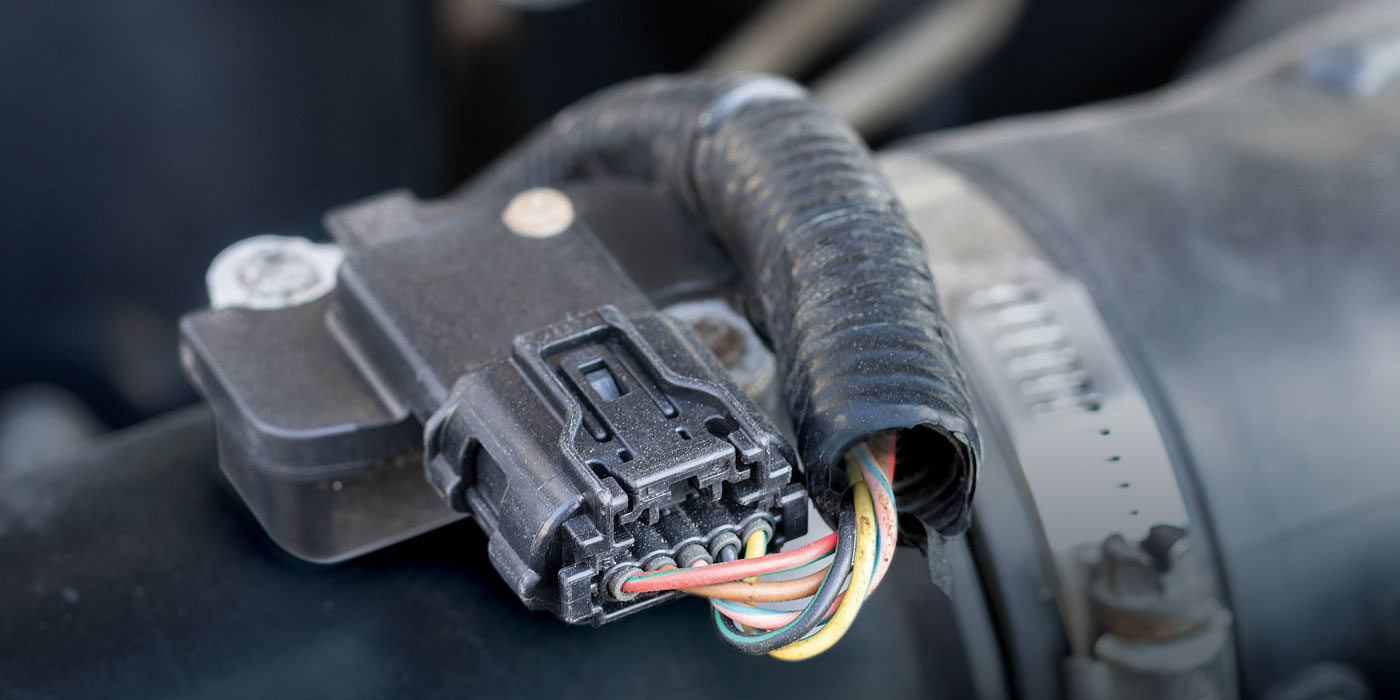
If you’re a longtime reader of Counterman, you may remember the uproar a few years back over the demise of the paper catalog.
If you’re new to the controversy, let’s just say that A LOT of “veteran” parts specialists had minor anxiety attacks when our parts suppliers began to transition to electronic and internet-only catalog information. We hoarded old paper catalogs, complained about the lack of information, illustrations and charts contained in our e-cats, and told anyone who would listen about the “good old days.” Some of us yelled at clouds too.
The electronic information age has caught up with all of us, and we now have access to more alternative sources of vehicle information than ever before. Our in-store electronic catalogs now have photos, interchanges and dozens of other features that we never dreamed of 20 years ago. But sometimes we still NEED to go outside the catalog to get results.
Vehicle options traditionally are catalogued by interpreting the physical differences between two parts. But when those differences are difficult for our customer to see, or require partial disassembly of the vehicle to take a measurement, we have to fall back on other methods. Fortunately, GM has provided us with one of the most useful ID tags ever pasted in the glovebox or trunk of a vehicle!
The Service Parts Identification Decal (SPID) is a sticker that encodes all of the major (and some minor) options specific to that vehicle. These Regular Production Option (RPO) codes are laid out in a series of three-character blocks, arranged alphanumerically. Each one is a key to identifying an option, and many of these are great shortcuts for the parts specialist to use in identifying alternator, brake and transmission options.
If you need to determine if that Chevy pickup has a 4L60E or 4L80E transmission, you could head out to the parking lot, crawl under it and then see if the trans pan has 16 or 18 bolts. Or, you could just look in the glove box, find the SPID and see if it has RPO code M30 (4L60E) or MT1 (4L80E).
Need to know alternator amperage on a Trailblazer so you can sell the correct serpentine belt? Looking for the “K” codes on the SPID is a lot easier than trying to find a partially worn-away OEM number on a belt, or finding a stamping number on the alternator case. Brake rotor diameter? I’d rather dig through the trunk of an Impala looking for “J” codes than remove a wheel and take a measurement.
Enthusiast forums and Google searches can be a great source of information on specific RPO codes, but like any information on the internet, always verify those sources. If you have a good relationship with your local GM dealership’s parts department (and you really should!), they likely will help with the occasional request for an RPO code or paint code (found at the lower left corner of the SPID).
The Vehicle Identification Number (VIN) is another useful research tool, although this information is broader in its focus. The VIN encodes model year, assembly plant and country, identifies the engine, and, for passenger vehicles, indicates the vehicle line, series and body type. For trucks, vans and SUVs, the VIN indicates the GVWR, brake type (hydraulic or air), chassis type and series. The last six digits of the VIN are often useful in determining running production changes, or in the case of the Silverado series, identifying the truck as a “Classic” or carryover body style. GM maintains an extremely thorough database of VIN information from 1960 to the present, including Geo, Saturn, SAAB and Hummer vehicles. It can be accessed at www.genuinegmparts.com/resources/vin-lookup.
Most of what we need for routine parts lookup is easily and quickly found within our own e-catalogs, but when our usual methods don’t get the results we need, it’s always good to have additional sources of information at your fingertips. Whether it’s a vintage paper catalog gathering dust under the counter, a series of internet bookmarks on your PC or a call to your friend at a shop across town, there is a wealth of information “outside the catalog.”













